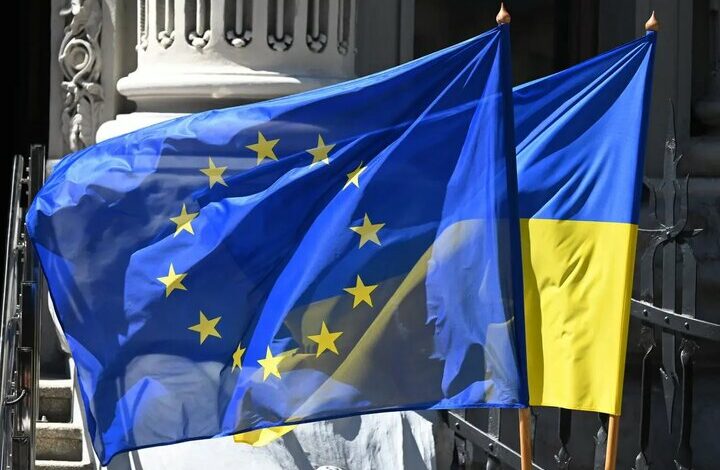Brussels Summit Shapes the Future of Support for Ukraine

Guest commentary by Amir Hossein Moghimi: The recent European Council meeting in Brussels onc again highlighted the EU’s challenging path toward forming a unified defense adn foreign policy. While leaders of the 27 member states confirmed continued support for ukraine, internal disagreements over financial resources, frozen Russian assets, and burden-sharing in defense persist.
During the October 23 meeting in Brussels, EU leaders focused on enhancing their backing of Ukraine amid ongoing tensions with Russia.
The U.S.decision to impose new sanctions on Russia came as a “welcome surprise” to European officials. This development encouraged them to pursue greater coordination of their economic and defense measures against Moscow.
However, discussions over the use of roughly €200 billion in frozen Russian assets held by European banks remain unresolved.A final decision on this matter has been postponed until December.
This delay sends a clear message to Moscow: Europe continues grappling with internal calculations and legal complexities. Such hesitation could impose meaningful costs on Ukraine’s battlefield efforts.
Geopolitically, the Brussels summit evoked memories of the Cold War era-when major European decisions were made primarily in Western capitals outside Europe itself. For the EU to become a true global actor, it must step out from Washington’s shadow and achieve a unified voice in foreign policy-a mission still unfulfilled.
The leaders agreed to accelerate increasing defense spending among member states and expand arms cooperation-especially regarding ammunition production and air defense systems. yet divergences remain over each country’s financial commitments and cost-sharing methods.
Aside from these issues, discussions also addressed conflicts in the Middle East, energy concerns for upcoming winter months, and worries about how U.S.elections might impact Western unity.


